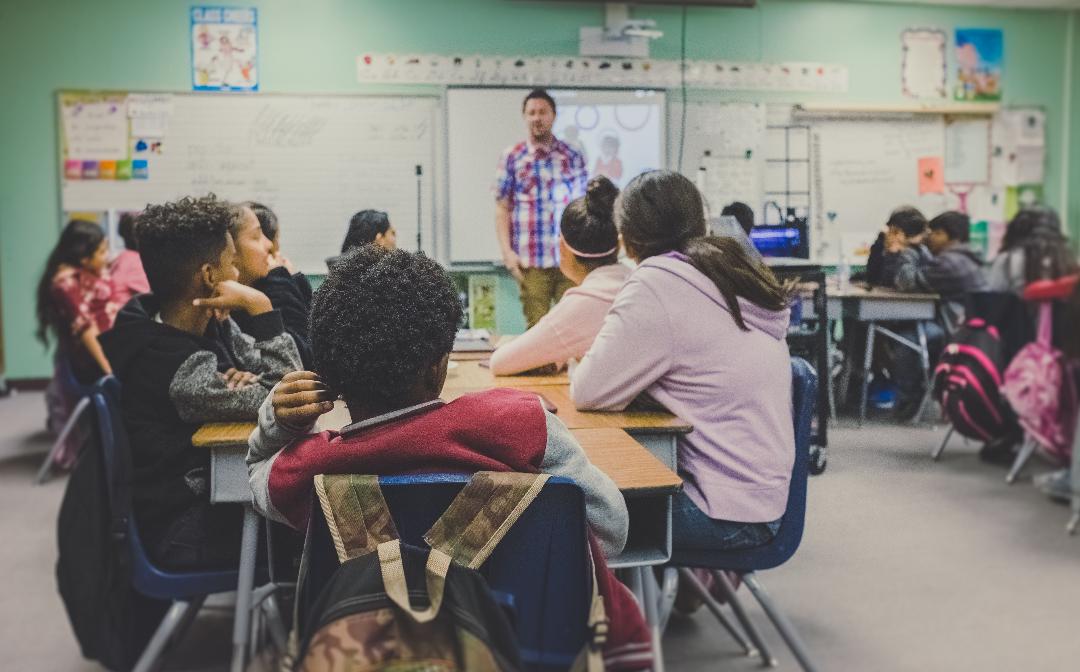By Nikolina Koulouri,
In the constantly evolving world of education, a key feature is the distinction between traditional education, which does not involve technological means, and teaching using the tools that have emerged in the last decade, especially during the COVID-19 pandemic, where all classes were 100% virtual. These approaches are used in the terminology “offline teaching” and “online teaching”. This means that learning is not confined to the traditional classroom, as it was until a few years ago. Instead, the way we acquire and transmit knowledge has changed and continues to alter daily.
Initiating a brief clarification of the two terms, offline teaching has its roots deeply embedded in the chronicles of traditional education and is how previous generations and generations have followed. The contact between the student and the teacher in the classroom as well as the exclusive use of the textbook, even if this was not sufficient for the complete education of all the different pupils, are integral elements of it. But having embraced the digital age we are now living in, a powerful competitor is evolving and emerging within the school environment. Online teaching seems to be reshaping the often called “old” curriculum in all educational structures – something that some have accepted with interest, while others see it as a condition that seeks to isolate traditional education and replace it with new, more innovative, but potentially more effective ways of learning.

In this article, we explore these two different versions, focusing on both the advantages and limitations that each method has, which is the most important being to identify the common goal they share towards learning and its achievement. Whether it is a traditional classroom or a digital one, we must understand and put our greatest effort into achieving a holistic approach to teaching 21st-century students.
Among the advantages of offline teaching, nobody can omit the fact that it is more difficult to distract the students from the stimuli that surround them. Some activities require the student’s full attention, and this can be achieved by using the traditional paper and pencil, acknowledging of course that in a classroom there may be intensifications and distractions. It is therefore natural for children to respond better to their school obligations when they are not distracted by devices and internet applications, but by using the usual means offered in the classroom. But certainly, online teaching, the new, modern means of education helps not only the student, but also the teacher, to understand in real time the appropriate learning program for each individual, and to take the appropriate measures to fulfill the educational requirements of an individual basis. Tools like activity trackers provide on-the-spot results and statistics that are much needed, instead of the time-consuming waiting for the scores and feedback that comes from the teachers.

Coming back to offline teaching, another great advantage that is related to this approach has to do with spelling and handwriting in general. From a young age, students learn to write and spell on paper, which helps them build the so-called “muscle memory” to identify each letter, starting to form words and as time passes, sentences. Observing their progress as well as their mistakes helps them remember to identify and physically write them on paper.
Finally, the use of an online platform saves a significant amount of time, both for the student and the teacher. With the help of automatic grading, the student can be relieved of the stress of performing an assessment, while the teacher has the statistics and data of each student and the whole class at his/her disposal so that he/she can see how the educational process is progressing and if he/she needs to implement a change in their plan.
In the comparison of the two methods, it is obvious that neither of them is superior, as they have both advantages and disadvantages. The conditions for choosing the right teaching method vary according to factors such as the resources available, the proportion of pupils, and the personal preferences of both teachers and pupils. Based on flexibility and guidance from teachers, each learner should have options available to them, in order to try and choose the one that will be most beneficial and efficient, depending on their abilities and preferences. Overall, the combination of both can potentially strengthen the education system of each country, as there are advantages in both ways, which complement each other.
Reference
- Should students work online or offline? The answer is both!, Firefly Education, Available here




